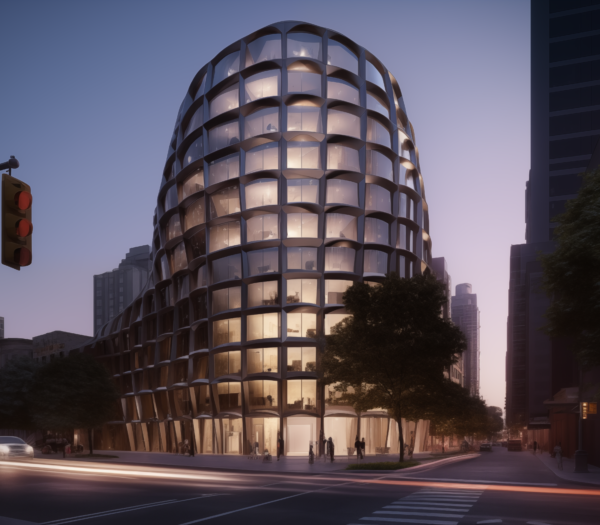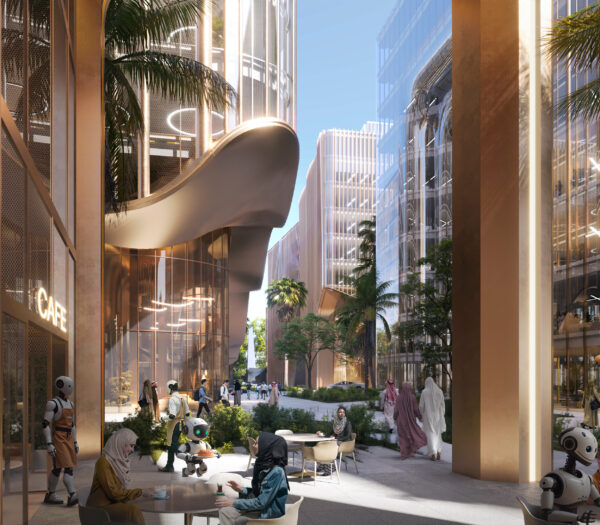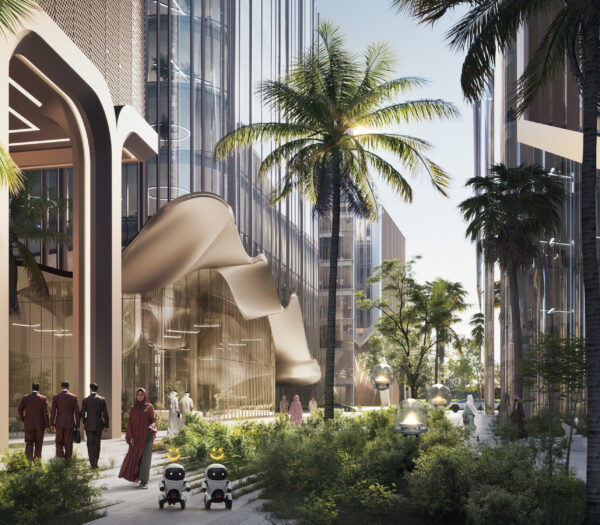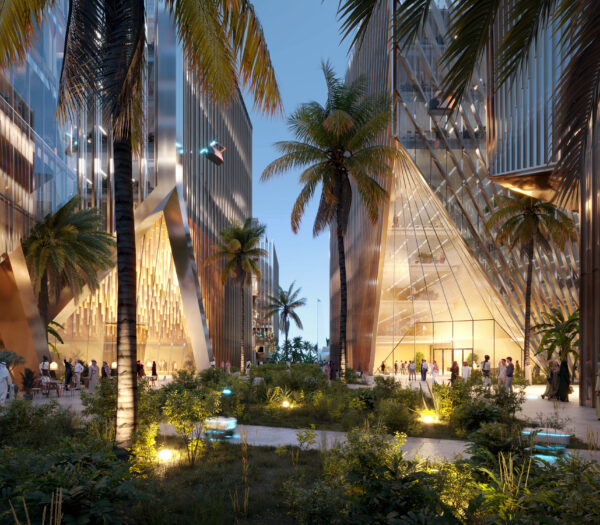
His awakening came from a smartphone. Architect Matthias Hollwich remembers it vividly in 2022. A friend showed him a painting on his smartphone, created by artificial intelligence (AI) in the style of Salvador Dalí. It was a life-changing experience.
In that second, Hollwich recalls, three years later, he realized that his life was about to change radically. Because if a new technology could be applied to the creation of art, it could also be applied to architecture. Hollwich took his first steps with a self-portrait and the Lenser program. “I then told the office, ‘I’m going to work exclusively on AI for three months.’ Everything we do, everyone has to see if it can be implemented with AI?”
“People should try out the tools,” says Hollwich, who runs HWKN, the New York-based practice he co-founded. Around 1,300 different applications are already being tested or used at HWKN. These include well-known applications like the language model ChatGPT or the AI application Midjourney for visual art, as well as more specialized ones.
Hollwich is convinced of the power of connections. Creative people create them. “Does a building have to look like a building? Can’t it look like a rock? Or like a flower?” he asks.

Matthias Hollwich’s HWKN office sees itself as a collective that brings together architects and designers to create a comprehensive design. Innovation is a central element of its work. Bold designs are one thing, realized buildings are another, as demonstrated by the myriad fantasy buildings that have been conceived and found their way into film and visions of the future.
This makes it all the more crucial for HWKN to create the design backwards, starting from the found form. Using “reverse engineering,” Hollwich’s office transforms the AI visualizations into fully functional, BIM-compatible 3D models, ready for implementation.
The Technology Experience Convention (TECH) is Handelsblatt’s new future conference. Experts from business, politics, science, and technology will convene in Heilbronn from May 25 to 27, 2025. This process not only saves time, but also creates a previously unattained level of planning depth and relevance to the environment and the task at hand. “What we’ve developed is a process. On the left is the AI; on the right is a plannable model that we can now use to discuss with developers and construction companies,” says Hollwich. Factors that influence the choice of materials, such as climatic conditions or requirements for energy efficiency and functionality, can thus be fed into the process and significantly accelerate planning.






